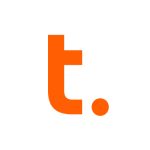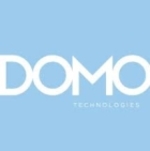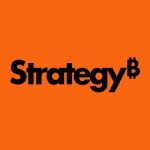We use SAP Analytics Cloud for creating dashboards for higher management. Our managers use this for business planning purposes, viewing monthly and quarterly reports, particularly sales, finance, and planned maintenance reports.
The features that are most valuable in SAP Analytics Cloud are the planning feature and the predictive analytics feature, though the planning feature needs to be more efficient.
An area for improvement in SAP Analytics Cloud is its planning feature because it's not that efficient when compared to BPC.
Another area for improvement in the solution is the difficulty in building reports or dashboards, particularly if you don't have proper knowledge of the BI system.
SAP Analytics Cloud technical support also needs improvement.
I've been using SAP Analytics Cloud for around three years now.
SAP Analytics Cloud is a stable solution. In terms of stability, it's pretty good.
SAP Analytics Cloud has good scalability.
The technical support for SAP Analytics Cloud is not good. If you have a ticket, you won't get a solution to it immediately. If you're facing any issue with the solution, you have to wait for a few days, or at least one week to get it resolved. Support for SAP Analytics Cloud could be faster and could be improved.
We didn't switch from Power BI to SAP Analytics Cloud. We use them in parallel where the systems are being developed in Power BI and reports are being developed in SAP Analytics Cloud.
The initial setup for SAP Analytics Cloud was not that straightforward because it depends on your source system. If you have an SAP source system, the setup is quite straightforward, but if you're using a non-SAP system or a third-party system, setting up SAP Analytics Cloud would be quite complex. My company used the Agile implementation strategy.
We implemented SAP Analytics Cloud in-house, and not via a third-party vendor.
I have no information on the licensing costs of SAP Analytics Cloud because a separate team takes care of it.
My company evaluated Power BI.
My company has around fifteen users of SAP Analytics Cloud.
My advice to anyone looking into using SAP Analytics Cloud is to first have an understanding of the BI system, based on the BI data models, and to have good analytical skills to develop reports in the solution. If you know the system, you can create reports and dashboards in SAP Analytics Cloud, but if you don't, you'll find it difficult.
I would also tell others to go for SAP Analytics Cloud over other technologies because SAP has a vast infrastructure, so you can integrate different modules and products within SAP very easily. For example, SAP has launched Data Warehouse Cloud, so you don't need a separate BI solution such as the SAP BW/4HANA system. You can directly take the data from the source and store it in the cloud, and compared to other technologies, it's quite cheap as well.
My company doesn't have any plans of increasing usage of SAP Analytics Cloud, but there's a plan to integrate it with SAP DWC.
I would rate SAP Analytics Cloud seven out of ten.




















